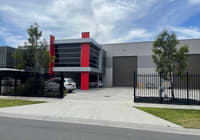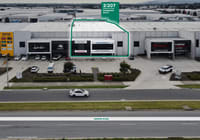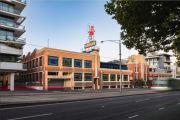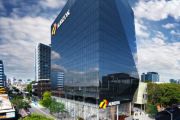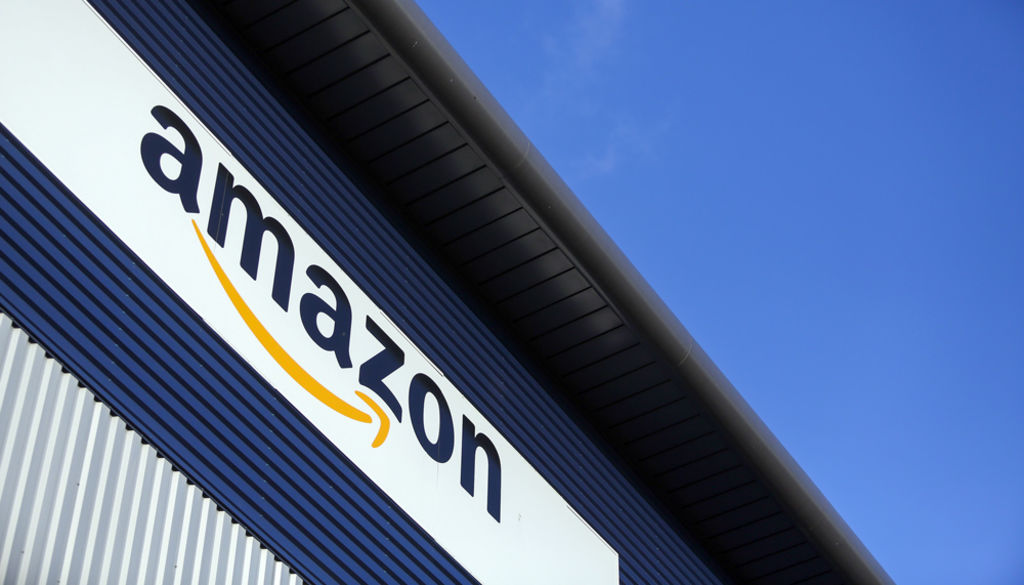
Amazon expansion set to shake up Australian retailers
A major shake-up is looming in the retail sector as the giant online retailer, Amazon, has its sights set on the Australian market with JB Hi-Fi and Harvey Norman the ones with the most to fear.
In what is called one of the largest “disruptors” for retailers, Amazon could generate sales of up to $4 billion in Australia with a focus on electrical items, which will be a direct hit on JB Hi-FI and Gerry Harvey’s Harvey Norman business.
Brokers have estimated the most impacted retailer is likely to be JB Hi-Fi where earnings could fall as much as 23 per cent, followed by a 19 per cent fall in Harvey Norman’s earnings.
 JB Hi-Fi earnings could fall by as much as 23 per cent, Citi predicts. Photo: Glenn Hunt
JB Hi-Fi earnings could fall by as much as 23 per cent, Citi predicts. Photo: Glenn Hunt
On the sales front, JB Hi-Fi’s could fall as much as 6 per cent if Amazon enters this market. There could about a 2 per cent impact on sales for Myer and Premier Investments because they sell their own merchandise and more Australian-centric brands, according to retail analysts at stockbroking firm, Citi.
Other sectors in the firing line are books and other media, sports goods and clothing and apparel. However toys, shoes, auto parts and office supplies are also in the mix.
Fresh food is another sector that is expecting a tough time from Amazon.
It has launched in the US and it could be a concept for Australia, down the track.
 Amazon.com boxes stacked near an Amazon “Prime Air” cargo plane in August 2016. Photo: AP Photo/Ted S. Warren
Amazon.com boxes stacked near an Amazon “Prime Air” cargo plane in August 2016. Photo: AP Photo/Ted S. Warren
Wesfarmers’ chief executive Richard Goyder warned earlier this year that Amazon would “eat all our breakfasts, lunches and dinners” unless Australian retailers become more innovative and barriers to competition are removed.
“The expansion beyond its home state of Washington began in 2013 and in 2016, the company expanded to parts of London,” Citi analyst Craig Woolford says.
“Amazon Fresh would be a disruptive force on the Australian grocery market, but developing the supply chain and dealing with Australia’s lower capital city population density makes entry more challenging. We expect Amazon would initially focus on its more successful general merchandise categories like electronics and toys.”
 The Harvey Norman store in Thomastown, Melbourne, in August 2015. Photo: Scott Barbour/Fairfax Media
The Harvey Norman store in Thomastown, Melbourne, in August 2015. Photo: Scott Barbour/Fairfax Media
While Amazon is no mystery to local shoppers, it is yet to have a physical presence in the country, but that could be changing, according to the Citi report.
The Amazon Web Services division has an office in Sydney’s 2 Park Street, but the group has no warehouses. It looked at possible sites in 2014, but no decision was made to lease any property.
In a 40 page, comprehensive report, Mr Woolford says Australia is one of three lucrative markets where Amazon only has a digital offering.
Australians already spend $500 million to $700 million on all Amazon websites. The precise figure is hard to pin down, but Google Trends of Web traffic show greater usage of Amazon by Australians than major Australian retailers.
“Its full product offer is likely to follow given Australia has all the right ingredients and will take inspiration from its US fulfillment solutions to deal with the distances in Australia,” Mr Woolford says.
Amazon’s approach to logistics and supply chain strategies has evolved considerably since 2013. The company has formulated and implemented a program known as ‘Fulfillment by Amazon’ that aims to take greater control over global and last mile delivery of its goods, shifting the burden and power gradually away from large third party logistics, such as DHL and Fed Express, known as 3PL providers.
“Based on other developed markets and recognising eBay’s large presence in Australia, we expect Amazon could reach $3.5 to $4 billion in revenue. This would be about 14 per cent of all online sales and 1.1 per cent of all Australian retailing. Potentially the most heavily impacted retailer from Amazon’s entry would be JB Hi-Fi given the overlap of product and potential pressure on profit margins.”
One way to avoid costly property leases is to bring the US model to Australia.
Recently Amazon has begun trialling a service in the US market known as ‘Prime Now’. It provides Amazon Prime members with the ability to purchase food and household goods from local merchants, home delivered in less than two hours.
“In our view, this offer could be used as an innovative way for Amazon to partner with local retailers in order to generate scale within the Australian market,” Mr Woolford says.
This could be done by having “click and collect” available in a store, in a way that eBay has with retailers in the United States.



